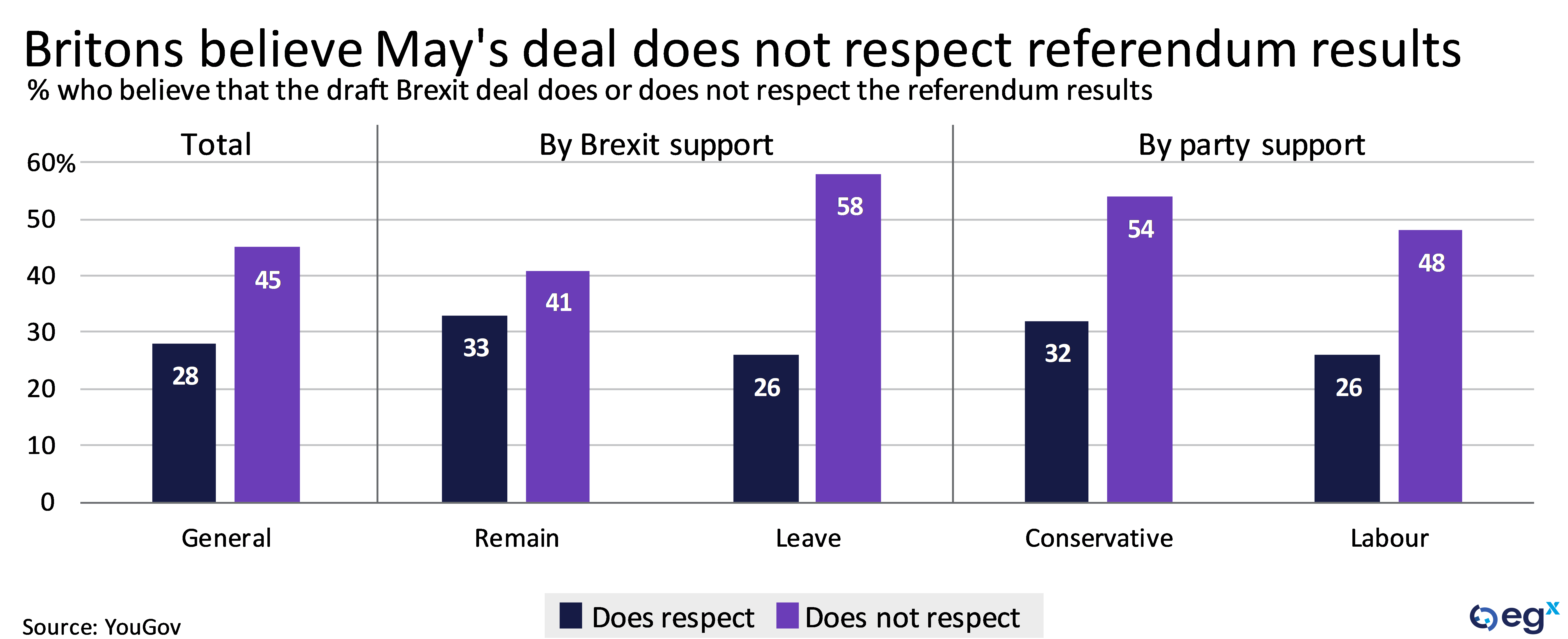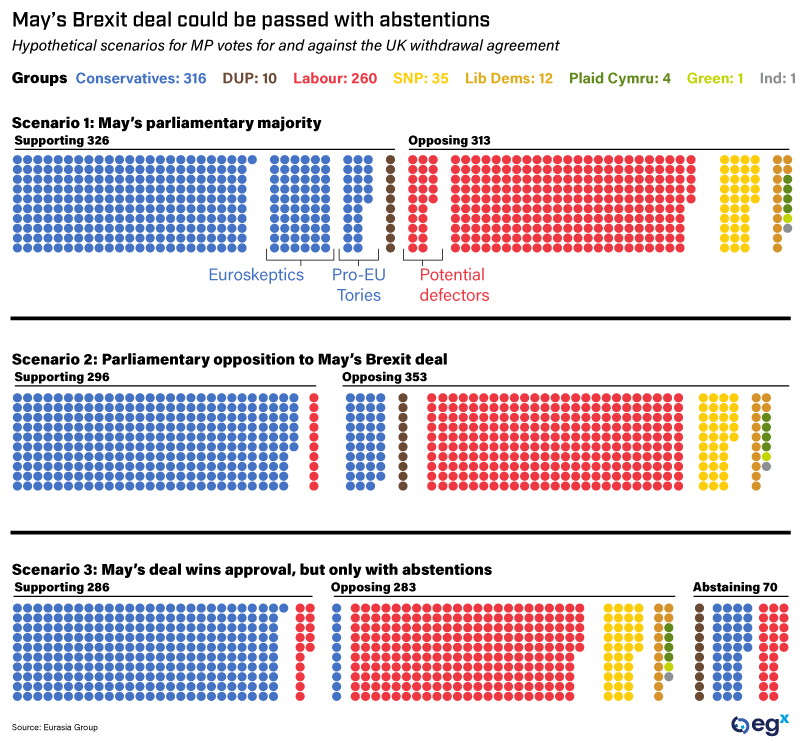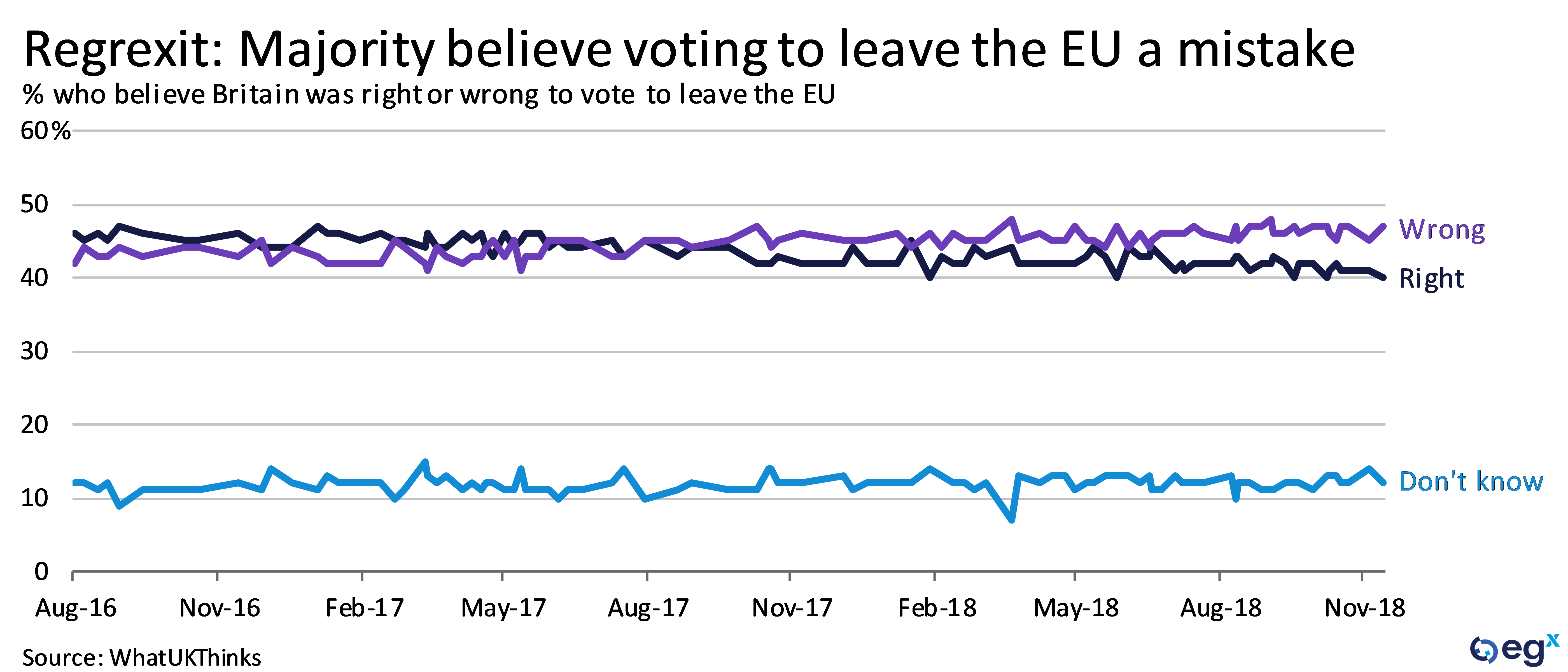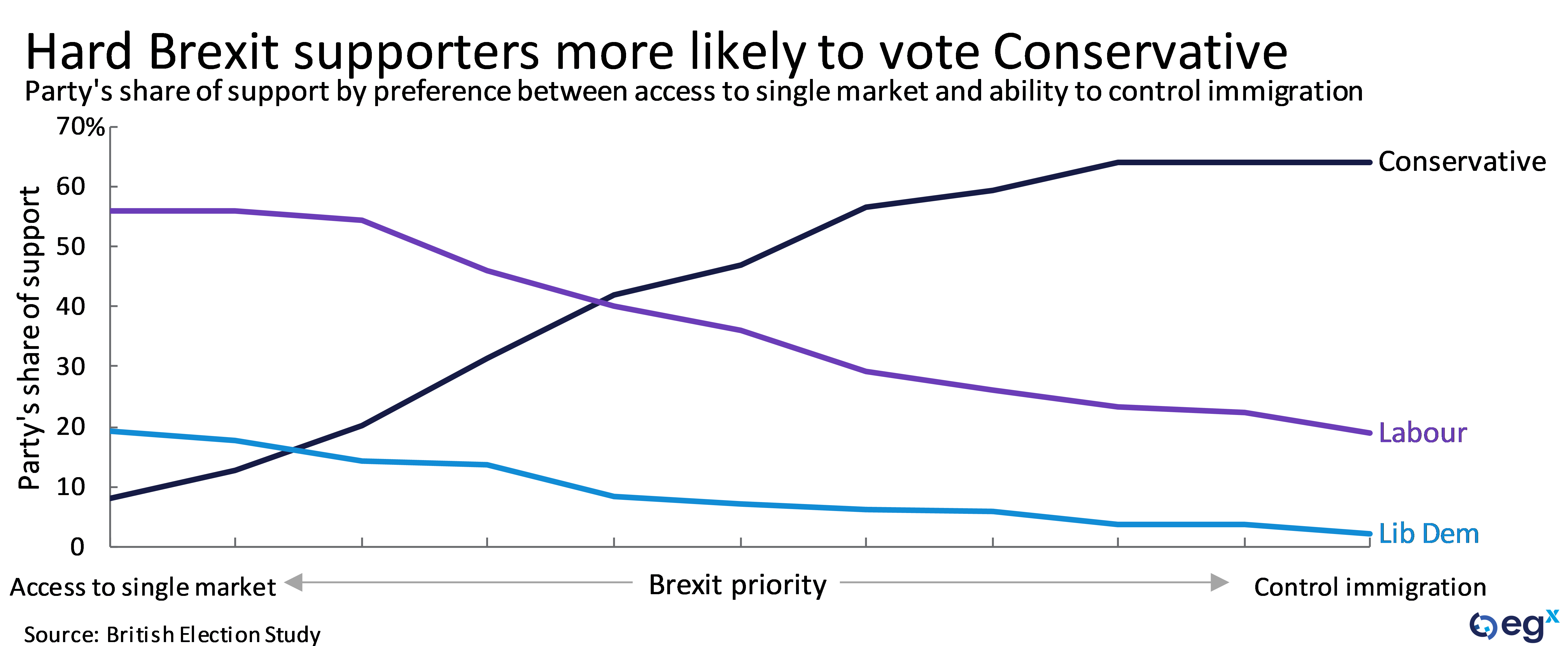A week after UK Prime Minister Theresa May unveiled the draft text of the UK-EU withdrawal agreement, the only thing that most politicians and the public agree on is that the deal is flawed.

Nowhere are the divides in the Brexit debate more apparent than in the UK parliament. Even within the Conservative party, both pro-EU and Euroskeptic wings object to May's deal as the worst of both worlds: the UK will remain highly dependent on the EU's regulatory framework but will lose its say over how EU rules are made.
Furthermore, the EU will have a veto over Northern Ireland's ability to leave the EU customs union, giving Brussels the power to impose a regulatory barrier between Northern Ireland and the rest of the UK in case no deal is reached on the future UK-EU relationship. Although Theresa May claims this “backstop” will not be needed, this has not won the support of the Northern Irish Democratic Unionist Party (DUP), who support May's parliamentary majority.

As a result, the number of MPs who support May's deal could be much lower than May's current parliamentary majority, with Europhile and Euroskeptic Conservatives potentially opposing the deal along with the DUP. While a dozen Labour MPs could defect and support May's deal in the name of delivering Brexit, Theresa May would still need many of her opponents (nearly 70 MPs) to abstain to secure a majority for her deal.
With the possibility that there is no parliamentary majority for Theresa May's Brexit deal—or indeed, any other type of Brexit—the only options to break the impasse could be a major shift in UK domestic politics and the UK's negotiating position, which could come from a change in Prime Minister, a second referendum, or an early election.

While polling now shows that a slim majority of voters believe that voting to leave the EU was a mistake, politicians have been reluctant to call for a second referendum. Leaders of the Conservative and Labour parties fear that another referendum could prove highly divisive to their voter bases, who are both split between Leave and Remain voters.

Labour leader Jeremy Corbyn is under pressure from his party's grassroots to actively call for a second referendum, but he has so far refrained from doing so. This may reflect the concerns of a significant contingent of Labour voters (albeit less than the corresponding share of Conservative voters) who backed Leave. It also likely reflects Corbyn's hope that the Conservatives hit an impasse with Brexit and have no choice but to call an early election.
In an early election scenario, polls currently show that Labour would have a decent chance of winning, particularly if the Conservatives' mishandling of Brexit was the main reason for snap polls.

In contrast to many of Theresa May's challengers within her party, Corbyn takes the softest stance on Brexit of all potential candidates for Prime Minister.
Alternatively, if a more hardline Brexiteer led the Conservative party to victory and did not need to rely on the DUP, the UK might be more inclined to seek a harder Brexit, even at the expense of a regulatory border separating Northern Ireland from the rest of the UK.

While a major shift in UK domestic politics could help unlock the current gridlock around Brexit, this could also prolong uncertainty about the direction of the UK-EU relationship.
Uncertainty over the outcome of the Brexit talks has already precipitated a negative impact on economic activity as well as on Sterling, fuelling higher inflation and a stagnation in wage growth.








